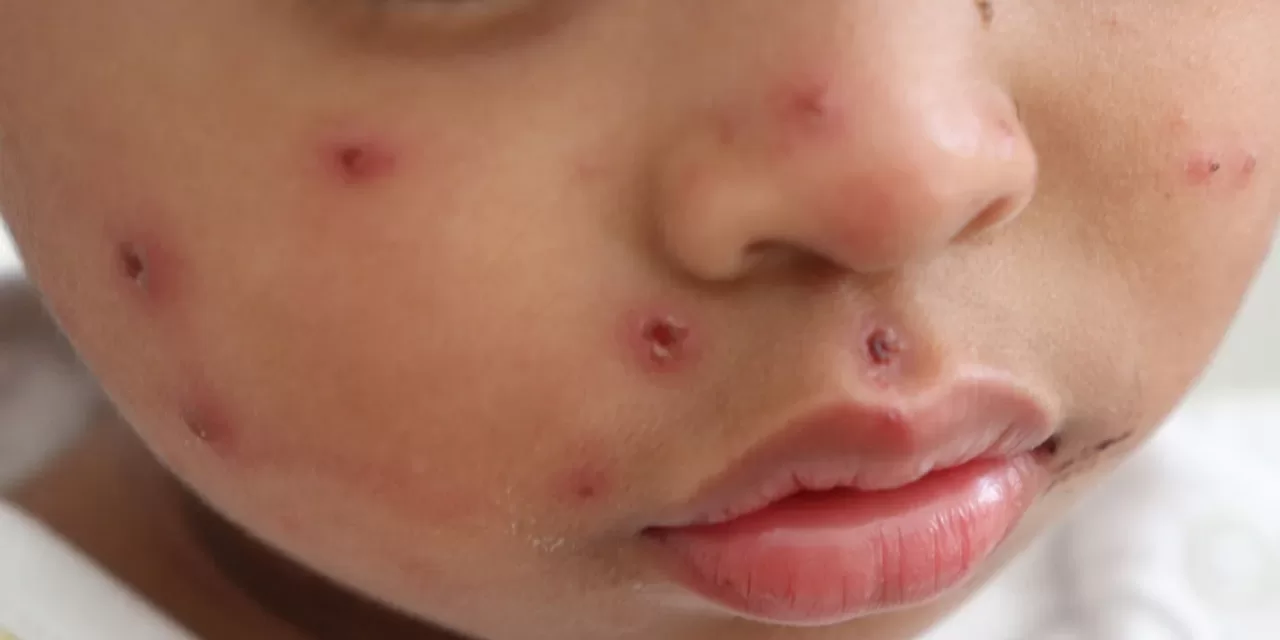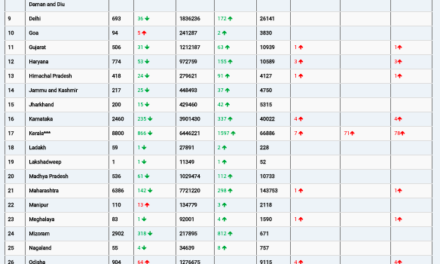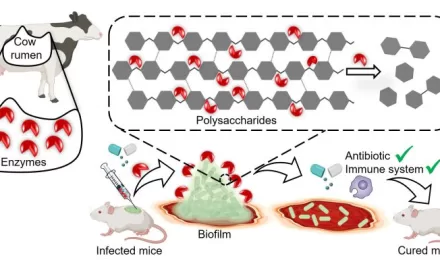Nationwide Total More Than Doubles 2024 Count; Fatalities Reported in Texas and New Mexico
WASHINGTON D.C. – (April 16, 2025) – The number of measles cases in the United States has climbed past 700 this week, marking a significant resurgence of the highly contagious virus and more than doubling the total number of cases recorded in all of 2024. Active outbreaks are now confirmed in six states, with Texas remaining the epicenter, according to health officials.
Recent updates show the virus continuing its spread. Texas health officials confirmed 20 additional cases on Tuesday, bringing its total to 561 since the outbreak began there in late January. New Mexico reported five new cases, reaching 63, while central Ohio added six, contributing to a growing cluster there. Last week, Indiana became the sixth state identified with an active outbreak (defined as three or more related cases), joining Texas, New Mexico, Kansas, Oklahoma, and Ohio.
Despite the rising numbers and the U.S. Centers for Disease Control and Prevention (CDC) redeploying a team to West Texas, Health Secretary Robert F. Kennedy Jr. stated in a televised Cabinet meeting last Thursday that measles cases were “plateauing nationally.” However, current figures paint a different picture, confirming fears among health experts that the virus will continue to find footholds in U.S. communities with low vaccination rates.
Tragically, the outbreak has claimed lives. Two unvaccinated children, ages 6 and 8, have died from measles-related complications in West Texas. State officials reported the 8-year-old, who had no underlying health conditions, died on April 3 from “measles pulmonary failure.” An unvaccinated adult in New Mexico also succumbed to a measles-related illness on March 6.
Measles, preventable by the MMR (measles, mumps, rubella) vaccine, was declared eliminated in the U.S. in 2000. It spreads easily through the air when an infected person coughs, sneezes, or breathes. The World Health Organization has noted a link between the Texas outbreak and cases identified in Mexico.
State-by-State Breakdown:
- Texas: With 561 cases across 23 counties (mostly West Texas), 58 people have required hospitalization. Gaines County, with a population of roughly 22,892, accounts for 65% of the state’s cases (364), originating in an undervaccinated Mennonite community. Officials estimate fewer than 25 cases are currently infectious.
- New Mexico: Total cases reached 63 with five new confirmations Tuesday. Five people are currently hospitalized. Most cases are in Lea County, linked genetically to the Texas outbreak.
- Kansas: As of Wednesday, 32 cases were reported across eight southwestern counties, including new confirmations in population centers Finney and Ford counties. The state’s first case was linked to the Texas/New Mexico outbreak.
- Ohio: An outbreak in Knox County has infected 20 people (including 7 non-residents). State health figures last week showed 20 resident cases statewide, including clusters in Ashtabula and Knox counties, linked initially to international travel interaction. Ohio experienced a significant outbreak in 2022 with 85 cases.
- Oklahoma: Cases held steady at 12 (9 confirmed, 3 probable) as of Tuesday. Initial cases were associated with the West Texas outbreak. Exposures have occurred in major cities and several counties.
- Indiana: Six connected cases were confirmed in Allen County (northeast Indiana) – four unvaccinated minors and two adults (vaccination status unknown). This cluster currently has no known link to other outbreaks.
Measles cases have also been reported in numerous other states, though not meeting the CDC’s “outbreak” definition of three or more related cases. The CDC counted seven distinct outbreak clusters nationwide as of last Friday.
Vaccination and Prevention:
Health officials reiterate that the MMR vaccine is the best protection. The standard schedule is two doses: the first at 12-15 months and the second between 4-6 years old.
Experts suggest individuals at high risk, or those living in outbreak areas who were vaccinated many years ago, might consider a booster shot after consulting a doctor. The CDC states most adults with documented immunity (vaccination proof, lab confirmation of past infection, or born before 1957) generally do not need a booster. Getting an extra MMR dose is considered harmless.
Symptoms typically start with high fever, cough, runny nose, and red, watery eyes, followed by a characteristic rash spreading from the face downwards. While most recover, serious complications like pneumonia, blindness, brain swelling, and death can occur. There is no specific antiviral treatment for measles.
The decline in childhood vaccination rates since the COVID-19 pandemic is a major concern, facilitating the virus’s spread in communities falling below the 95% coverage needed for strong “herd immunity.”
Disclaimer: This news article is based on information provided on April 16, 2025. Measles case counts and outbreak situations can change rapidly. Please refer to the CDC and state/local health departments for the most current information.(https://www.hindustantimes.com/world-news/us-news/us-measles-cases-surpass-700-with-outbreaks-in-6-states-101744743595295.html)












